Catholic and Protestant
What is the difference between Catholicism and Protestantism?
Catholics consider the Pope to be the head of the Church, while Protestants do not treat him as a special figure.
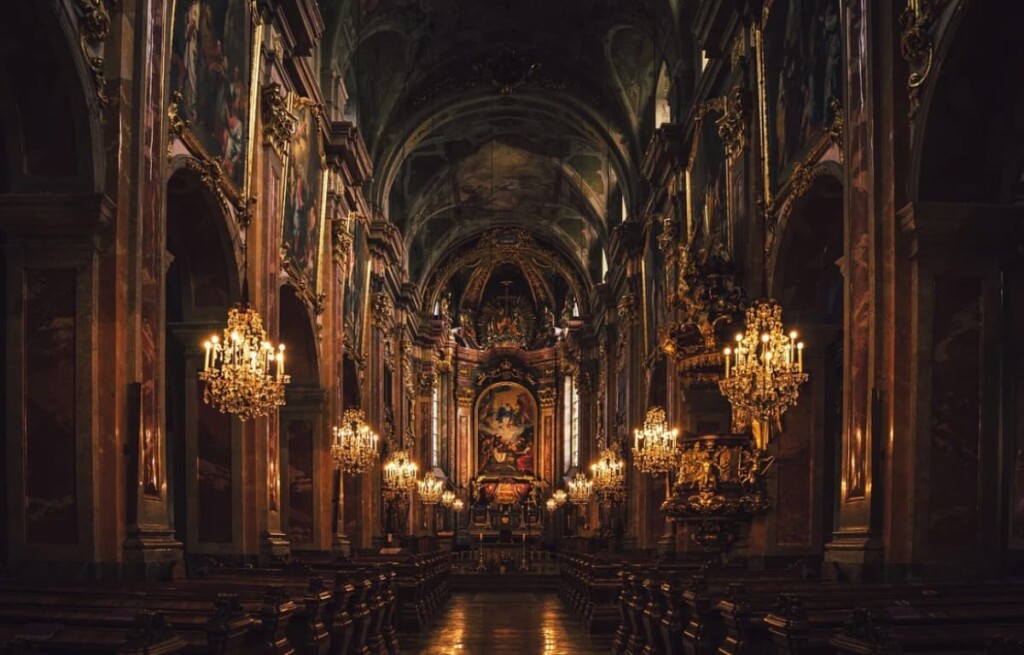
Catholicism and Protestantism are both Christian denominations that developed primarily in the West. They diverged in the 16th century because of differing attitudes toward authority.
How did the “denominations” diverge?
The Church began as “Christianity,” founded by Jesus and his disciples.
Christianity became the state religion of the Roman Empire, but as the Roman Empire split into East and West, the Church also split into East and West.
Eventually, the East and West churches began to have separate doctrines, and in 1054, the heads of each church fought with each other, saying, “You are not Christian,” and split into the “Eastern Church” and the “Western Church.
This is called the Great Schism. Schism means schism in Latin.
This “Eastern Church” is today’s “Orthodox Church.
The “Western Church” was divided from the “Catholic” to the “Protestant” by Luther’s Reformation.
Catholics hold “Mass” on Sundays, while Protestants hold “worship services.
The Difference Between Protestantism and Catholicism
How to distinguish between Protestantism and Catholicism
| Catholic | Protestant | |
|---|---|---|
| Pope | Head of the Church | Not special |
| Clergy | Priest | Pastor |
| Rites (Rituals) | Mass | liturgy |
| Church Organization (Class System) | Yes Pyramid with Pope at the top | No All human beings are equal before God |
| Church Decoration | Stained glass, Marian statues, Religious paintings | Simplicity |
| Authority of Faith (Authority to interpret the Bible) | Only the Church Only the church can interpret the Bible | Only the Bible Anyone can interpret the Bible |
| Necessary to be Saved | Faith and Good Works | Faith Only |
| Rituals | 7Rituals | 2Rituals |
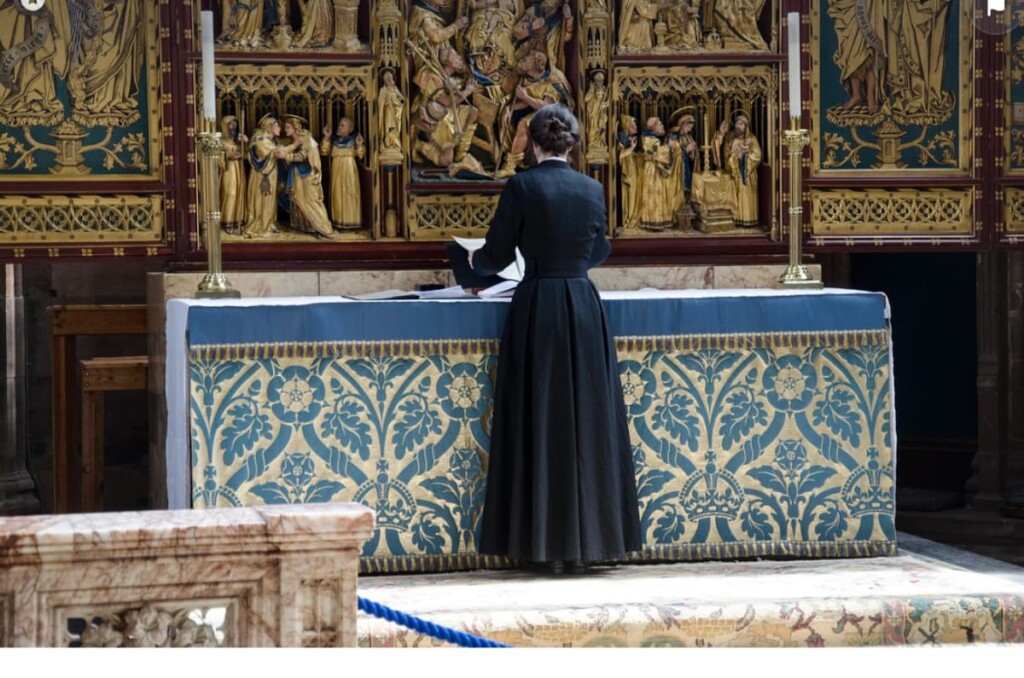
Protestants and Catholics can be distinguished by whether the clergy are called pastors or priests, and by whether the service is called a mass.
Priest is the name for Catholic clergy, while pastor is the name for Protestant clergy.
Catholic clergy must be celibate, while Protestants are allowed to marry.
| Priest (Catholic clergy) | Pastor (Protestant clergy) |
| Role of connecting the laity to God | Leads the congregation to God |
| Must be celibate | Marriage is possible |
| Male only | Available to females |
| Dress code required during worship services | No dress code for worship |
What is a Roman Catholic?
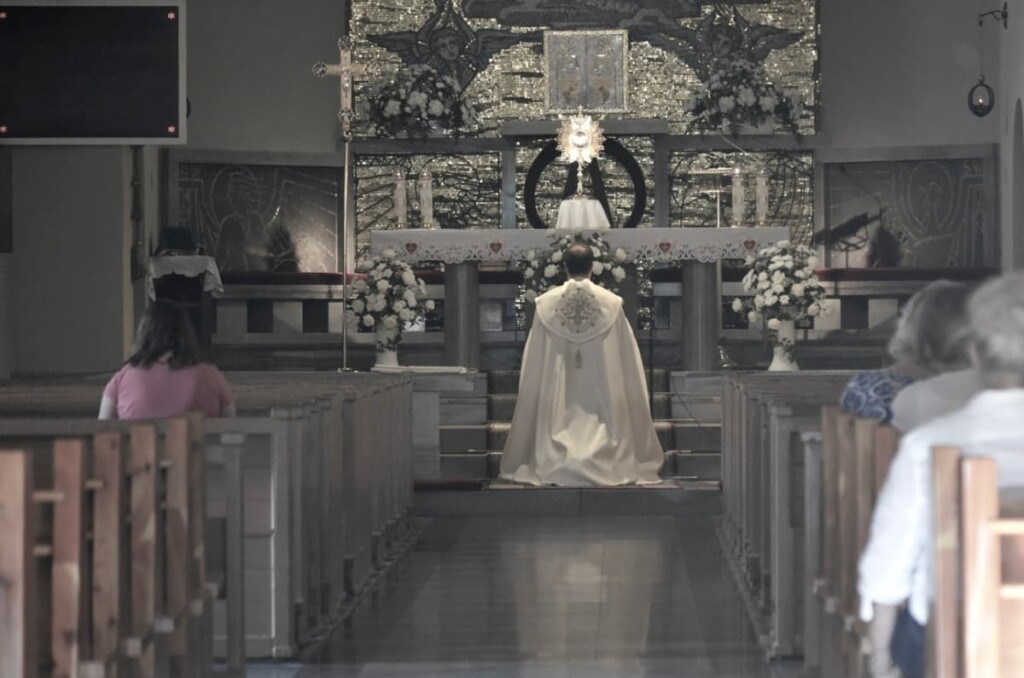
Roman Catholicism is the largest Christian denomination with 1,268,858,000 adherents.
The word “Catholic” is derived from the Greek word katholikos, which in Latin is written Catholicus, meaning universal or general.
The top five countries with the largest Catholic congregations are Brazil (13%), Mexico (9%), the United States (6%), the Philippines (6%), Italy (5%), and Brazil is the largest Catholic country.
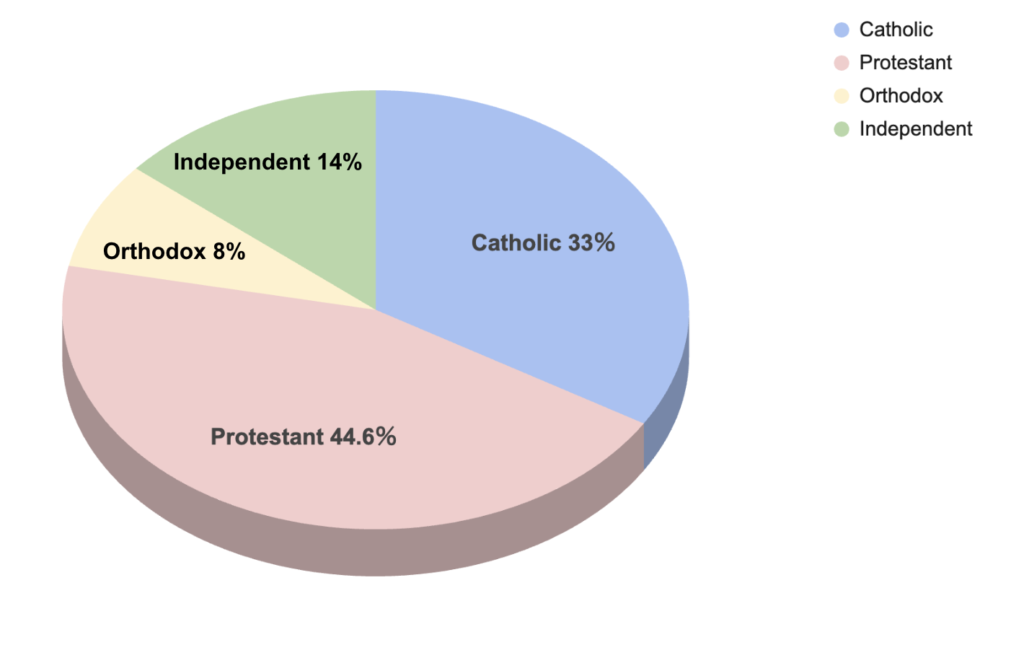
What is a Protestant?
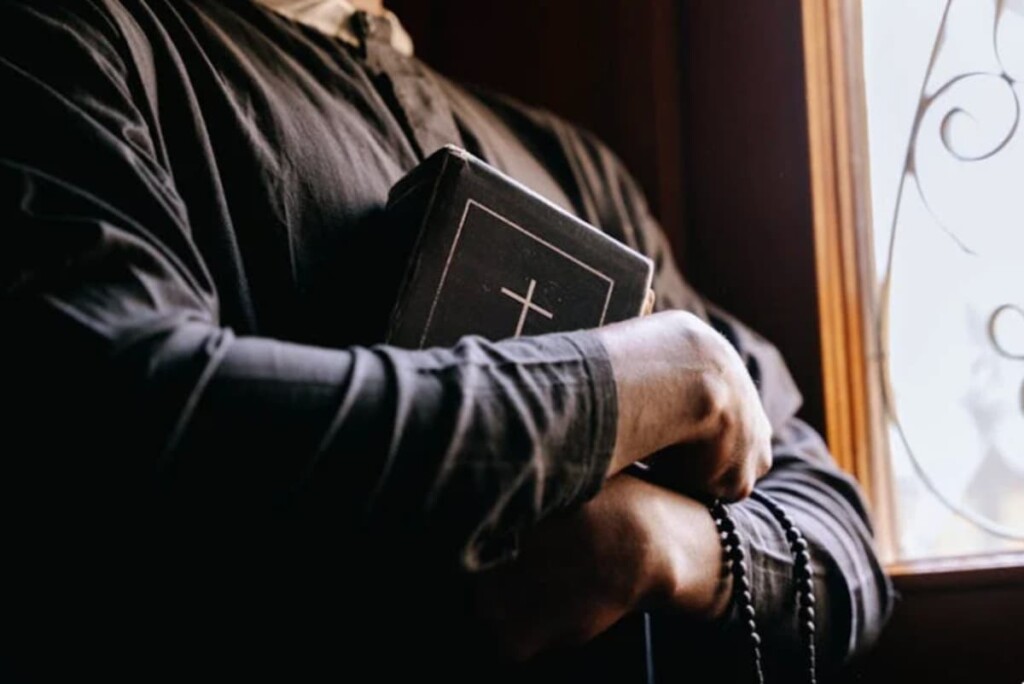
It came into being with the Reformation of the 16th century, which began with Luther.
The term “Protestant” derives from the “protestatio” (protest) submitted by Lutheran princes and cities at the Second Congress of the Empire of Speyer in 1529, which means “one who protests.
Unlike Catholicism, Protestantism has a wide variety of denominations.
Therefore, even Protestants can differ widely in culture, form, values, and teachings.
Well-known Protestant denominations include Lutheran, Anglican, Reformed and Presbyterian, Baptist, Methodist, Pentecostal, and Seventh-day Adventist churches.
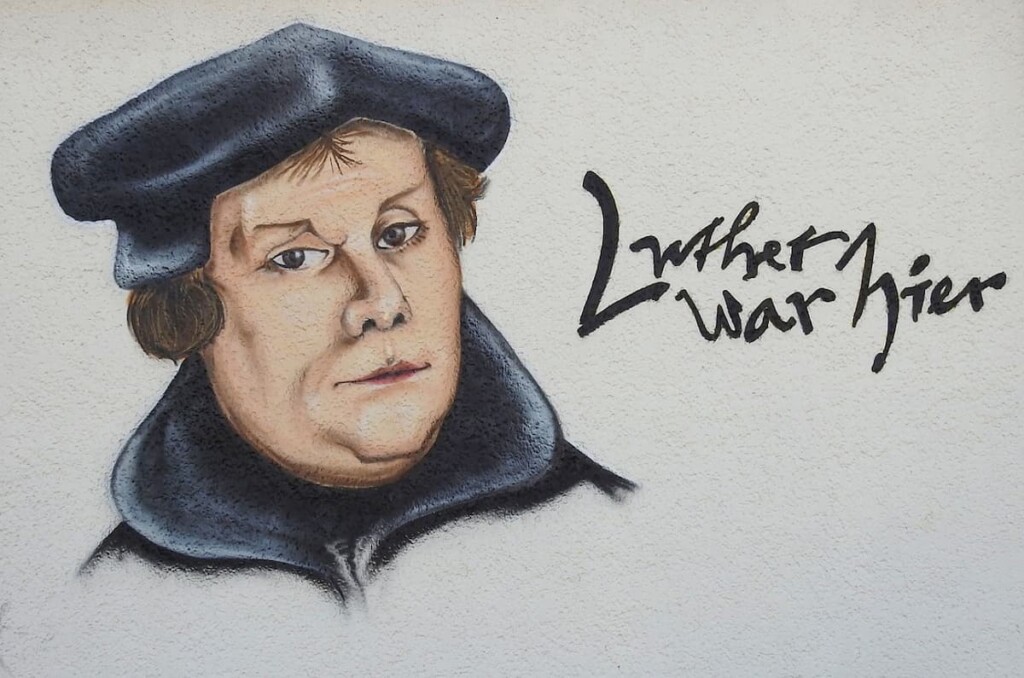
Difference between Catholicism and Protestantism – History –
The Birth of the Catholic Church and the Birth of the East-West Schism of the Roman Church
The Birth of the Catholic Church and the East-West Schism of the Roman Church
The Church in Rome, founded by the disciples of Jesus Christ, developed and became the Roman Catholic Church.
As the capital of the Roman Empire, which was the world empire at that time, it grew to become the church with the largest number of believers around 100 A.D.
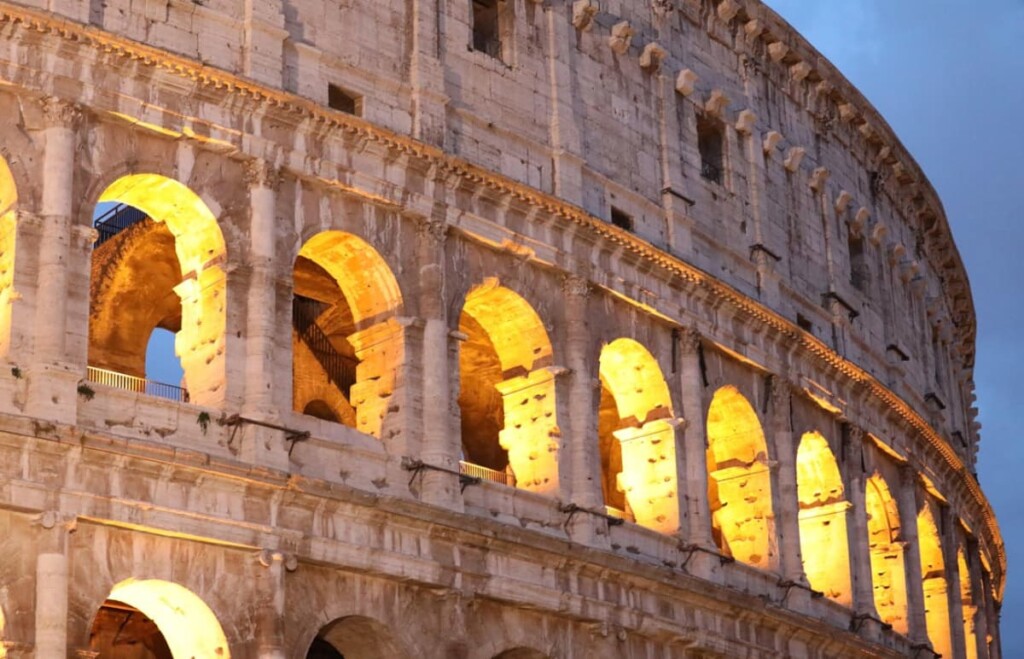
Birth of the Roman Catholic and Greek Orthodox Churches
By the 5th-6th centuries, the Church of Rome had established an unassailable position, but the rise of Islamic power in the 7th century and the devastating impact of other powerful churches were decisive in adding to its power.
Only the Roman Church in the west and the Church of Constantinople in the east continued to hold power among them.
However, due to the division of the Roman Empire into East and West in 395, the relationship between the two, which were completely separated in the East and West respectively, gradually deteriorated, and finally in 1054, the relationship was severed.
At this time, two divisions were created: the Roman Catholic Church (Western Church) and the Greek Orthodox Church (Eastern Church).
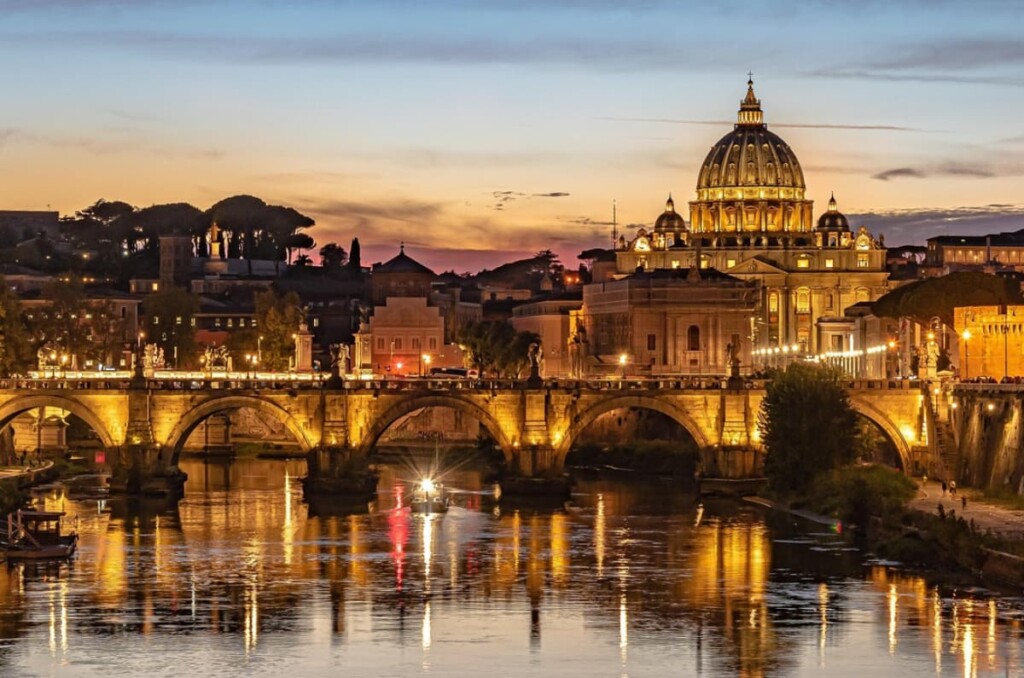
The Birth of the Protestant ChurchThe Corruption of the Church
At that time, the Church taught that sins could be forgiven through faith, but that the punishment resulting from sin must be atoned for through good deeds.
Furthermore, it taught that if one did not do good deeds, he or she would go to purgatory after death and atone for his or her sins through various kinds of suffering.
The indulgences were to exempt them from this atonement.
On October 31, 1517, Luther posted the 95 Theses on the door of the castle church of the University of Wittenberg, calling for a public debate on the sale of indulgences.
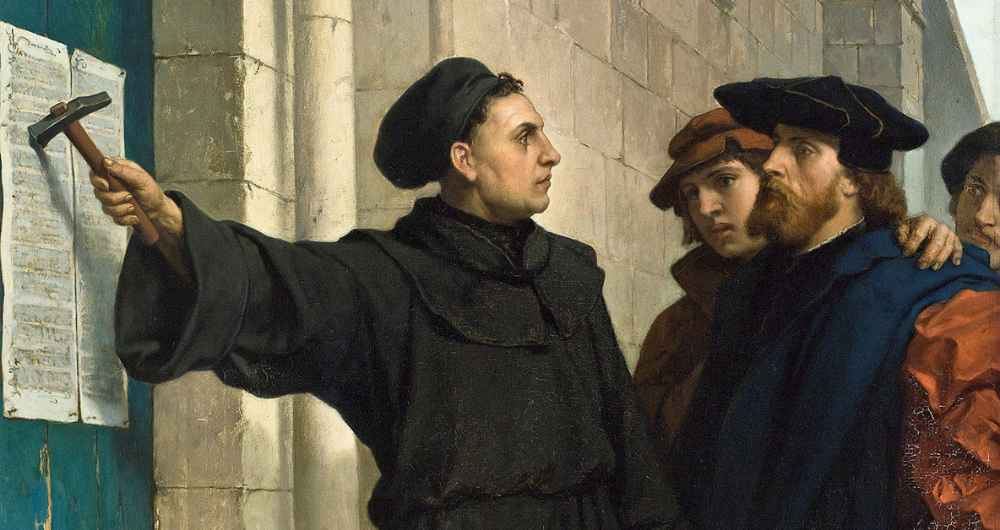
The Reformation
The Reformation of the 16th century, which began with the actions of Luther, developed into a major movement that divided the Christian Church of the time.
Protestants believe that the Reformation was a movement that attempted to return the early Christian Church to the state described in the New Testament.
In other words, the Reformers believed that Catholics had strayed from the original Christian faith, which is what they were trying to do.
Differences between Catholics and Protestants – Teaching –

The seven rites of Baptism, Confirmation, Eucharist, Absolution, Anointing of the Sick, Ordination, and Marriage are called Sacraments in the Catholic Church.
Protestants, on the other hand, call them sacraments, with only two rites: baptism (baptism) and Holy Communion (the sacrament of baptism).
The seven sacraments of Catholicism
- Baptism Rite of initiation into Christianity
- Confirmation Rite of anointing with oil after baptism to strengthen the relationship with Kobe
- Eucharist (Mass) Catholic worship
- Confession Rite of confession and forgiveness of sins
- Anointing of the Sick (Anointing of the Sick) Anointing of the sick, etc.
- Ordination Ceremony to ordain priests and deacons
- Marriage Sometimes held in the sanctuary
Protestant
- Bible Only
- Faith Only
- Grace Only
Biblical Supremacy
Protestantism advocates “Scripture alone” and holds that anyone can interpret the Bible.
Catholicism, on the other hand, held authority over everything but the Bible, and in addition, Catholics held that “only the Church” had the right to interpret the Bible.
Protestants then believed that anyone could interpret the Bible, which led to a variety of interpretations, which in turn led to a split into many denominations.
Faith Justification
Protestants held that salvation is provided by “faith alone,” but Catholics insisted that there must be “good works” involved.
At the time of the Reformation, Catholics taught that if a person sinned, that sin could be forgiven by faith, but that the consequence of sin was punishment, which had to be atoned for by good works.
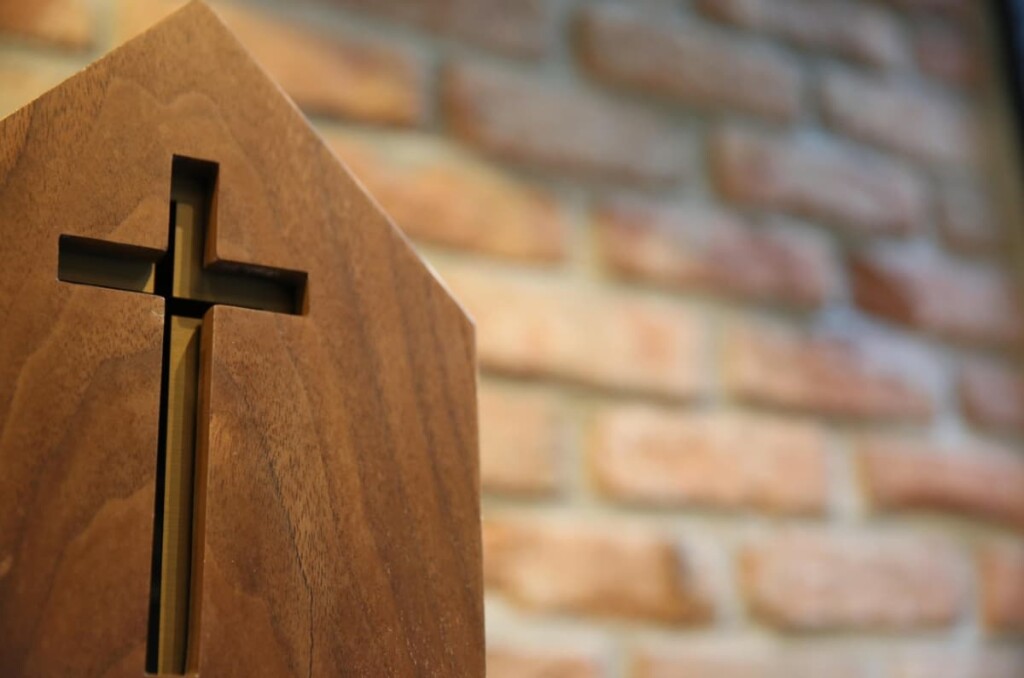
Differences between Catholics and Protestants Organization and the Authority of Faith
Priest of All
Protestantism emphasizes universal priesthood. The doctrine of universal priesthood holds that all believers are equally priests and that everyone can interpret the Bible.
Catholicism, on the other hand, is a pyramid headed by the Pope and holds that the Church has the authority to interpret the Bible.
The Protestant position is that all men are equal before God, and that the difference between clergy and laity is one of role, not status.
In Catholicism, on the other hand, the difference between clergy and laity is one of status and can intervene in salvation.
Characteristics of Protestantism
- Biblical supremacy
- Progressive justification
- Universal priesthood
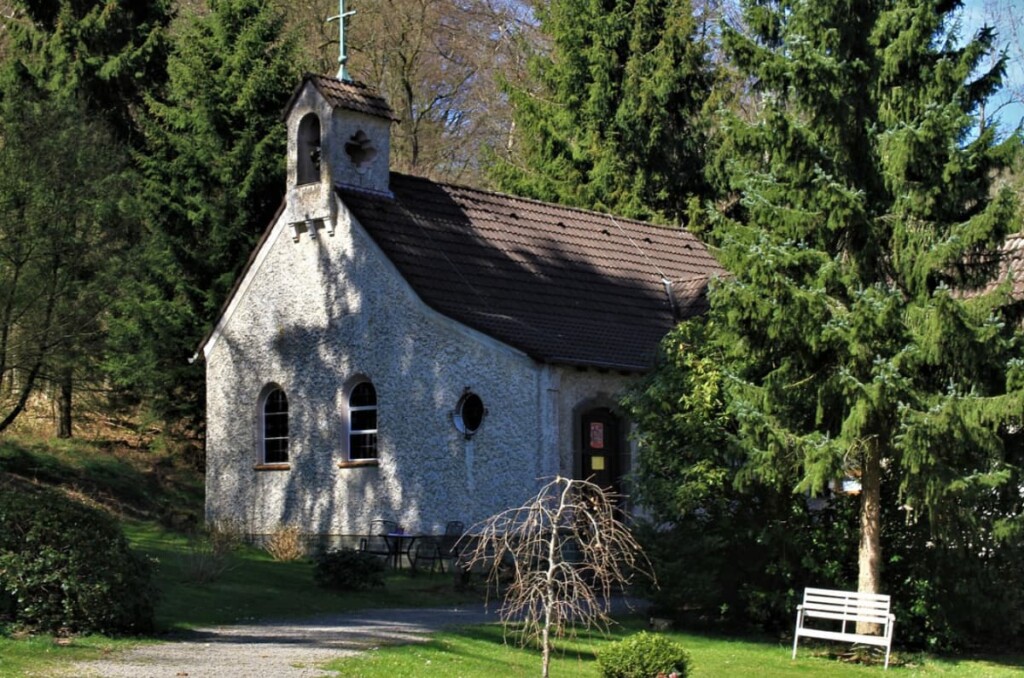

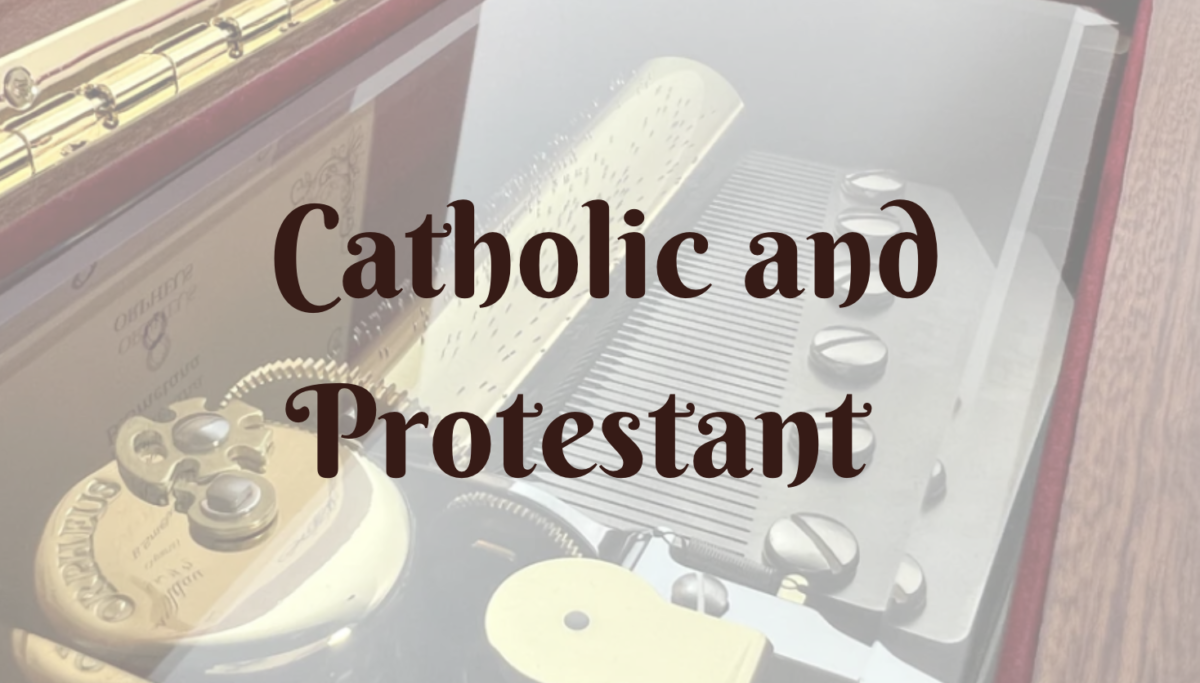


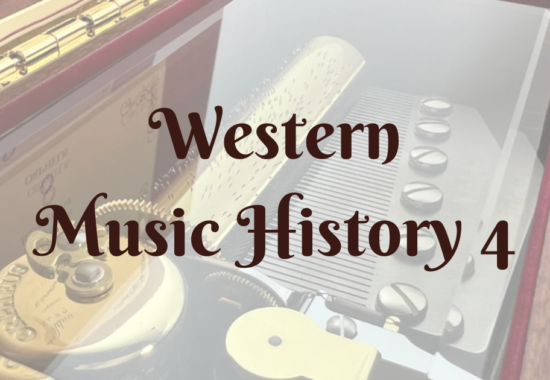


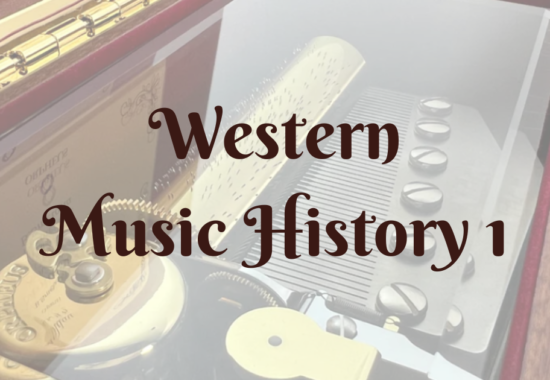
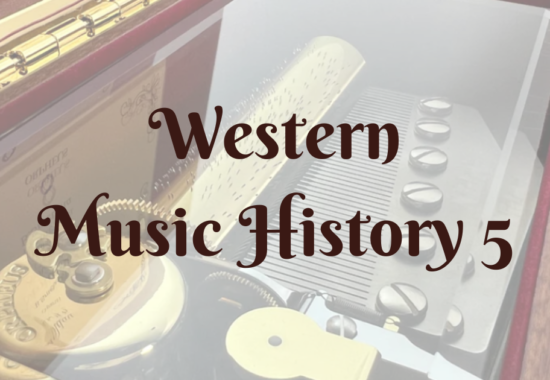
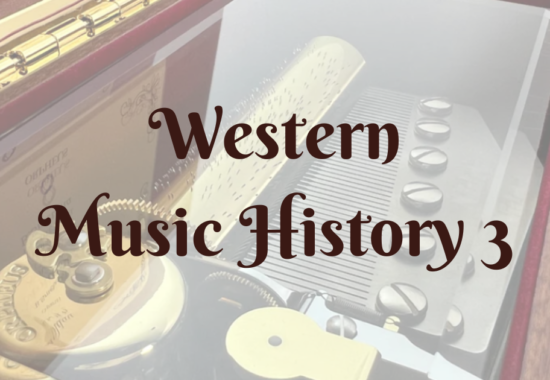
この記事へのコメントはありません。